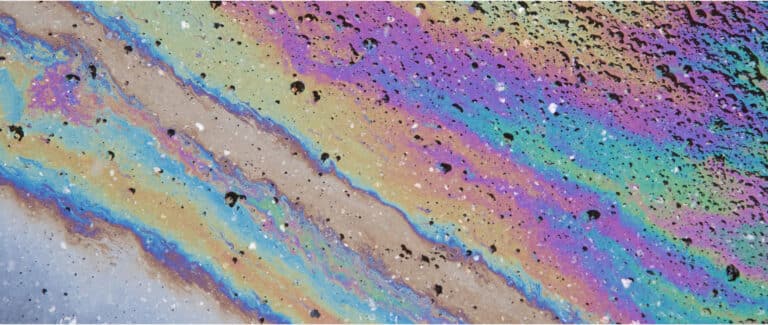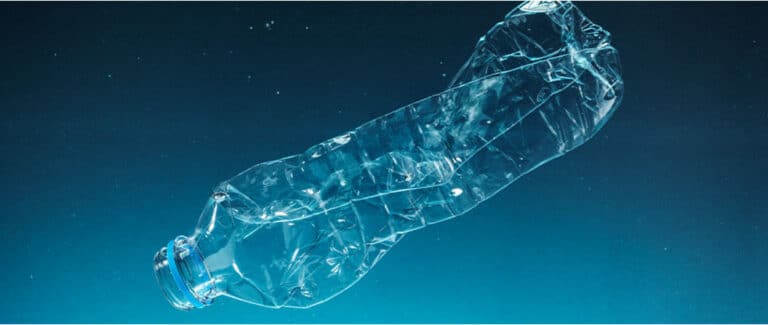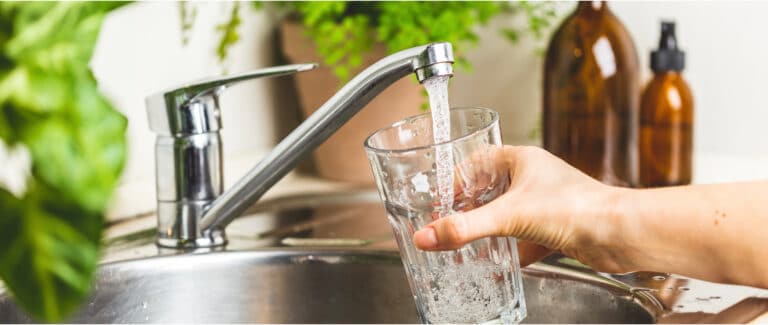
Water softeners: what they don’t tell you
Presented as the solution to all our limescale issues, water softeners are not universally accepted by the public. The arguments between the users and those against are numerous. Convenience, economy and health are at the heart of the debate. Pros and cons collide on a sensitive issue: water treatment. This week, Bricoleur Du Dimanche takes a look at this controversy and reveals what manufacturers will never tell you.
At the heart of the matter: changing the properties of water.
A water softener is a device that significantly reduces the hardness of the water circulating in your plumbing system. It is typically connected to the main water supply upstream of your plumbing and household appliances. Since scale is the natural result of the presence of calcium and magnesium carbonates in water, the water softener treats the problem at the root by performing a physicochemical transformation through the ion exchange process.
Simply put, the water softener works with a resin that tracks and temporarily (between regenerations) traps calcium and magnesium ions while replacing them with sodium ions. These sodium ions are known to be one of the components of table salt. Therefore, the treated and softened water is at the same time enriched with sodium.
The CSTB asks installers to keep the water supply from the network at a water point (e.g. kitchen).
The advantages claimed for the use of a water softener.
According to the proponents, the use of a water softener would be really advantageous because, by reducing the concentration of limescale, you extend the life and take care of your pipes, your boiler and all your household appliances, at the level of their heating resistances. In fact, the calcification caused by water that is too hard increases as the temperature rises, especially above 60°C. This is one of the reasons why many products are sold in tablet or powder form to protect washing machines and dishwashers from scale. You will no longer need them.
In addition, less hard water is a guarantee of small daily savings because its properties increase the effectiveness of cleaning products and foaming products in general, such as soap, shampoo or laundry detergent. You can also reduce the quantities used to achieve the same results. In terms of comfort, softened water can also be beneficial because it reduces white marks on enamel surfaces and dishes, and is less aggressive for softer laundry, less rough and brittle hair, and less dry and irritated skin. Finally, from a physical standpoint, softened water heats up more easily because the resistors are no longer scaled. Since the softener itself uses little energy, you can expect to reduce your electricity consumption.
The risks of softened and “too” soft water.
Very hard water has many drawbacks, as we have just seen, but trying to make it softer and softer can backfire. As for water softened by a salt water softener, there are no major risks to your home if the unit is used properly. However, this water cannot be considered drinking water, so we recommend that you have an access point to untreated cold water (which is mandatory in apartment buildings).
In fact, softened water is not only depleted of mineral salts, but it is also enriched with sodium. This gives it a particular taste, sometimes very pronounced. The “missing” calcium and, above all, magnesium, both of which contribute to our equilibrium, must be obtained from other food sources. Above all, the additional salt load is highly inadvisable for your health! It is not good for anyone and is particularly dangerous for those at risk: pregnant women, babies, people with heart problems, people with high blood pressure and anyone who needs to follow a low salt diet… Therefore, the false statements that sometimes tend to claim that owning a water softener will allow you to save money on mineral water are completely false and particularly irresponsible in a society that already suffers from excessive salt consumption from a dietary point of view.
Water from a water softener will never be better to drink, nor will it have a sanitizing role, as it has no effect on nitrates or pesticides. The only real tap water that is guaranteed to be drinkable is the water supplied by the water company. Any treatment added by a private individual invalidates the analyses carried out by distributors and independent laboratories. This makes you solely responsible for any health or stomach problems you may subsequently suffer, mainly caused by bacterial proliferation in the appliance due to lack of maintenance.
As for water that is “too soft”, it is corrosive to your installation. In fact, below 15°f and more and more as it approaches 0°f, water acquires corrosive properties. It will then attack your plumbing, fouling the water by mixing dissolved metals and existing limescale, eating away at the joints of your plumbing and causing all kinds of leaks. It is therefore important to regularly check the settings of your water softener to ensure that they have not changed (a common phenomenon) and to readjust them if necessary. It is also highly recommended to have the installation checked by a professional at least once a year. Furthermore, if you are building a new house and want to have a water softener, it is often better to wait at least the first two years, the time it takes for a thin protective layer of limestone to cover your pipes.
So, softener or no softener?
Equipping your home with a water softener should be more a question of necessity than a choice of comfort, in the sense that it is absolutely not necessary to install one in regions that benefit from municipal water of reasonable hardness. On the other hand, there is nothing to prevent you from thinking about it from 20-25°f, but it is especially when the 30°f are approached that it becomes really interesting for the hot water circuits. This is because, in exchange for the benefits it offers, the water softener will inevitably increase your water consumption due to its regeneration cycles. These can consume up to 200 liters of water and literally rinse the resins of the device when they are overloaded with calcium and magnesium ions to ensure its effectiveness. The amount of water consumed, and therefore the bill, generally increases by 10%.
It is important to know that this rinsing water must be sent to a water treatment plant and cannot be discharged into a septic tank. It would pollute the soil and increase its salt content. Your system must therefore be connected to a sewer system.
Finally, water softener owners should be particularly vigilant in terms of maintenance, disinfecting the resins and/or filters several times a year to prevent the proliferation of any bacteria, cleaning and refilling the unit’s regenerating salt tanks, and not forgetting to start a regeneration cycle if they are not used for too long. Long periods of inactivity can also be a source of bacterial growth.




